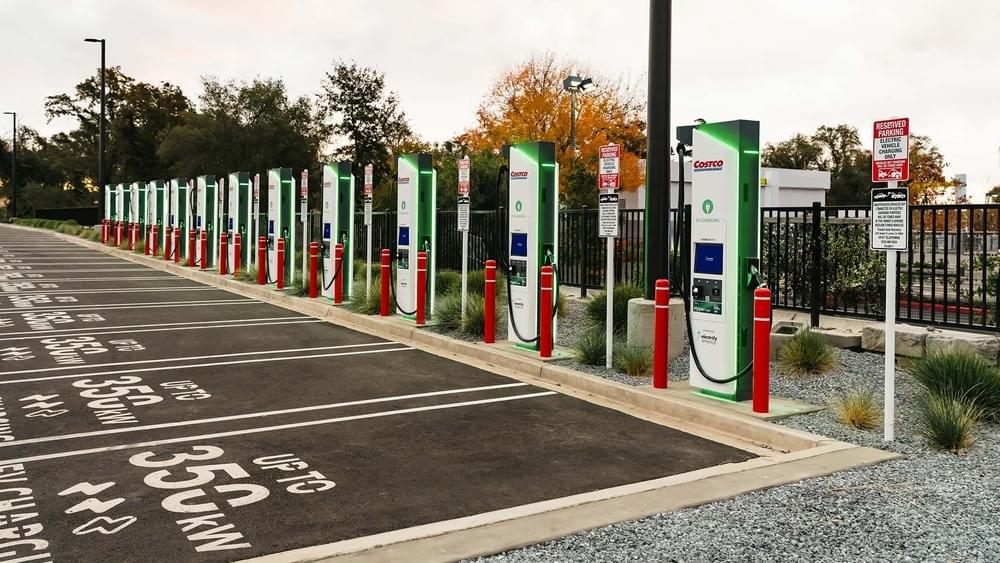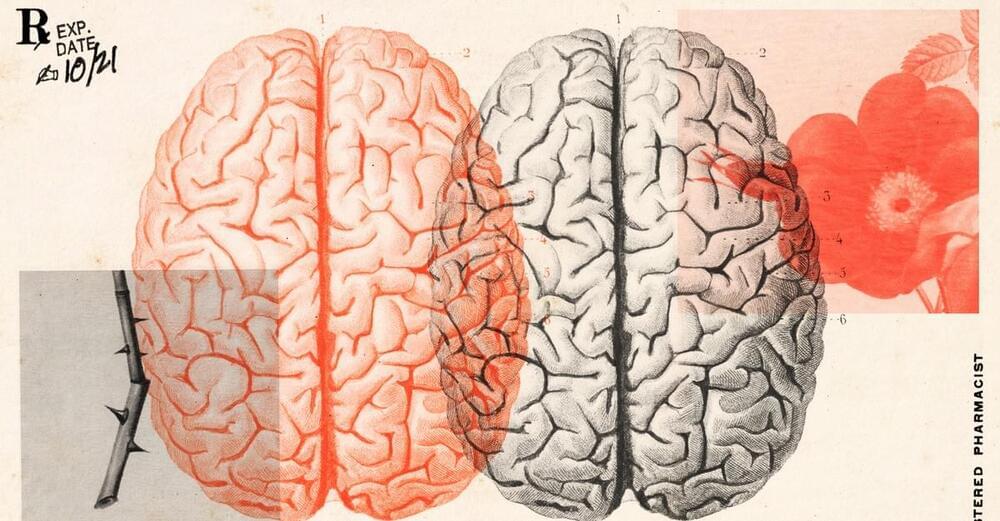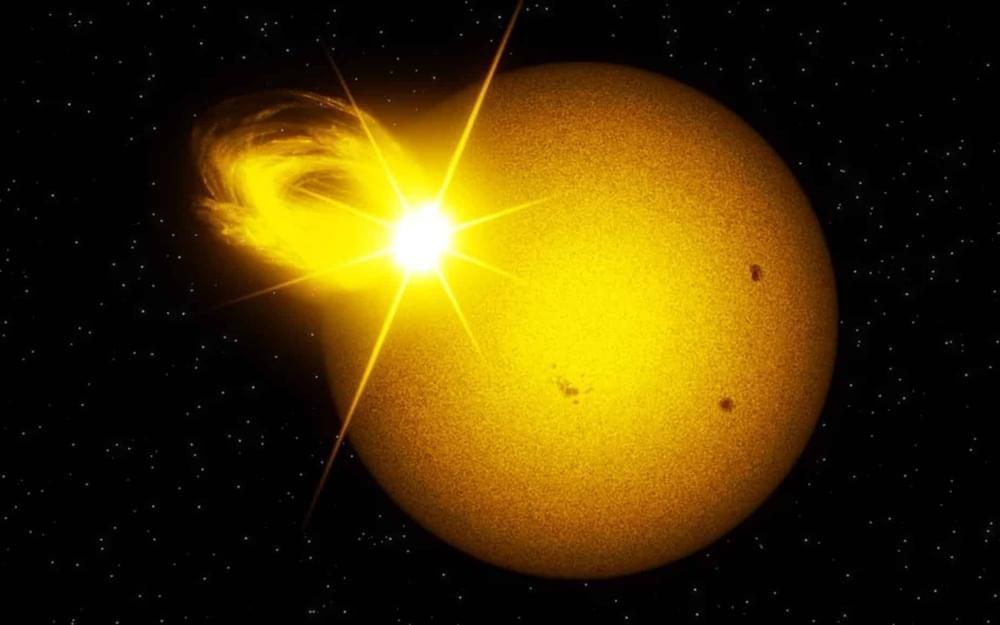The Giant Arc spans a distance nearly a fifteenth of the observable universe.


Trees and other kinds of vegetation have proven to be remarkably resilient to the intense radiation around the nuclear disaster zone.



That means digging all the trenching and building out all the electrical distribution equipment on site, if not all the chargers, with a microgrid that’s capable of working as well in the future with 12 MW of power as it does with just 4 MW.
“I think this is the same challenge that all of these large sites are facing—it takes an extremely long time to get the power from the utility. Meanwhile, you don’t need it immediately. So how do you create this sort of staged future-proof solution where you’re not having to open the roads multiple times? You want one construction phase and you want that site to support the future demand,” Putignano said.
For fleets that need their own private charging infrastructure, there are other things to think about, too. Energy management solutions are as important here—microgrids as well as battery storage and battery-buffered chargers will play an important role, for example. But not every energy management solution is charger-agnostic, and the collapse of charger manufacturers like Juicebox and Tritium highlight the perils of being stuck in a walled garden belonging to a dead company.





Rising temperatures, increasing precipitation, thawing permafrost and melting ice are pushing the Arctic outside its historical norms.
By Chelsea Harvey & E&E News